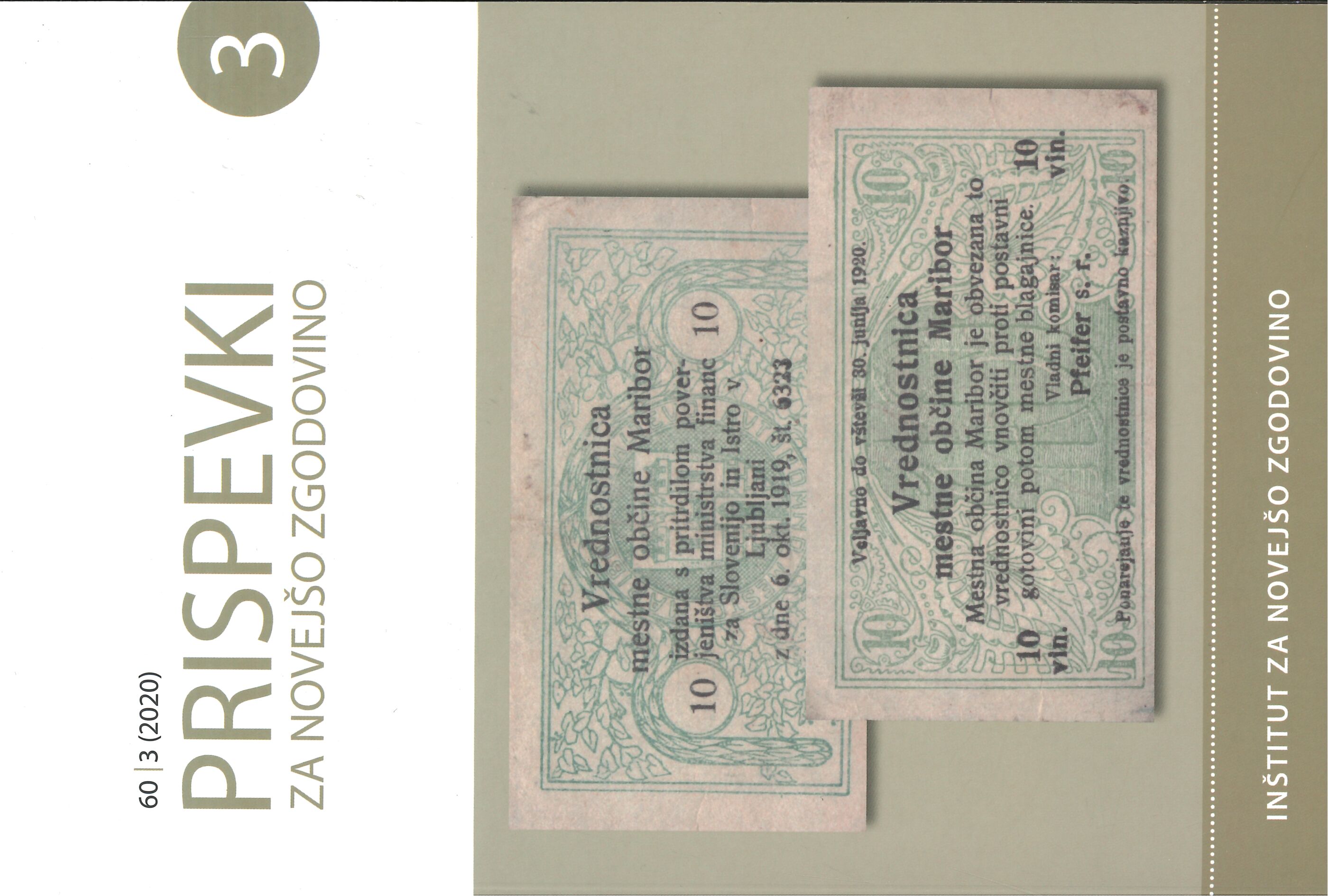British Estimates of the Yugoslav Army’s Defence Capabilities after the Cominform Dispute between 1948 and 1951
DOI:
https://doi.org/10.51663/pnz.60.3.10Keywords:
Yugoslav Army, Cominform, Great Britain, Federal People’s Republic of Yugoslavia, military aid, Soviet UnionAbstract
The contribution focuses on the time between 1948 and 1951, which was seen as one of the most challenging periods in the history of post-war Yugoslavia. In 1948, the Cominform Resolution was issued, expelling the Communist Party of Yugoslavia from Cominform. In Yugoslavia, the expectation that the Soviet Union and its satellite states would attempt a military intervention caused many administrative, organisational, and doctrine changes, as the Yugoslav Army kept responding to the strategic developments in the military-political position of Yugoslavia. Due to this crisis, the experience from the National Liberation War was studied yet again, while Yugoslavia was forced to establish closer connections with the Western countries. The military and political events in Yugoslavia were also closely followed by the British government, which kept receiving reports on the state of the Yugoslav armed forces from the British military attaché. The British estimates of the Yugoslav Army’s defence capabilities in the case of a potential Soviet military intervention and how the British could provide military aid to the Yugoslav side in such circumstances are particularly interesting.
References
TNA FO – The National Archives, Kew Gardens, London:
Foreign Office [gradivo britanskega zunanjega ministrstva].
Literatura
Anić, Nikola et al. Narodnooslobodilačka vojska Jugoslavije. Pregled razvoja oružanih snaga narodnooslobodilačkog pokreta 1941–1945. Beograd: Vojnoistorijski institut, 1982.
Bebler, Anton. »The U.S. Strategy and Yugoslavia's Security«. V: Predrag Simić, ur. American and Yugoslav Views on the 1990's: American and Yugoslav Views on Federalism, Pluralism and Reform–International, Regional and Bilateral Aspects, 173–92. Belgrade: Institute of International Politics and Economics, 1990.
Bilandžić, Dušan. Zgodovina Socialistične federativne republike Jugoslavije. Ljubljana: Partizanska knjiga, 1980.
Dimitrijević, Bojan. JNA od Staljina do NATO pakta. Beograd: JP Službeni list SCG, 2005.
Dimitrijević, Bojan. Jugoslovenska armija 1945–1954. Beograd: Institut za savremenu istoriju, 2006.
Gibianskii, Leonid. »The Soviet-Yugoslav Clash, Historiographic Versions and New Archival Sources.« V: Jasna Fischer, ur. Jugoslavija v hladni vojni/Yugoslavia in the Cold War, 49–70. Ljubljana: Inštitut za novejšo zgodovino in Toronto: University of Toronto, 2000.
Heuser, Beatrice. Western Containment Policies in the Cold War: The Yugoslav Case 1948–1953. New York: Routledge Press, 1989.
Kocjan, Lado. »Obrambna doktrina in strategija oboroženega boja ter spreminjanje vloge teritorialne obrambe v njej.« V: Alojz Šteiner, ur. Nastanek in razvoj slovenske teritorialne obrambe-del nacionalne vojaške tradicije, 96–114. Ljubljana: Defensor, 2018.
Marković, Zvezdan. »Jugoslovanska ljudska armada–papirnati tiger ali dejanska vojaška moč.« Vojaška zgodovina 13, št. 1–2, (2017): 26–40.
Miljanić, Gojko, ur. Razvoj oružanih snaga SFRJ, Kopnena vojska, knjiga 3-3. Beograd: Vojnoizdavački i novinski centar, 1988.
Pirjevec, Jože. Jugoslavija: 1918–1992: nastanek, razvoj ter razpad Karadjordjevićeve in Titove Jugoslavije. Koper: Lipa, 1995.
Prebilič, Vladimir in Damijan Guštin. »Politične in varnostne razsežnosti informbiroja.« Teorija in praksa 47, št. 4, (2010): 866–82.
Švajncer, Janez. Vojna in vojaška zgodovina Slovencev. Ljubljana: Prešernova družba, 1992.
Tasić, Dmitar. »Slovenija v obrambnih načrtih Zahoda, Jugoslavije in Balkanskega pakta.« Prispevki za novejšo zgodovino 48, št. 2 (2007): 97–110.
Terzić, Milan, ur. Balkanski pakt 1953/1954: zbornik dokumenata. Beograd: Vojnoistorijski institute, 2005.
Downloads
Published
Issue
Section
License
Authors who publish with this journal agree to the following terms:
- Authors retain copyright and grant the journal right of first publication with the work simultaneously licensed under a Creative Commons Attribution License that allows others to share the work with an acknowledgement of the work's authorship and initial publication in this journal.
- Authors are able to enter into separate, additional contractual arrangements for the non-exclusive distribution of the journal's published version of the work (e.g., post it to an institutional repository or publish it in a book), with an acknowledgement of its initial publication in this journal.
- Authors are permitted and encouraged to post their work online (e.g., in institutional repositories or on their website) prior to and during the submission process, as it can lead to productive exchanges, as well as earlier and greater citation of published work (See The Effect of Open Access).


